After the raging Covid-19 pandemic and a shift toward hybrid working hours, more people are staying at home than ever before. Considering how many hours one would spend in their house, it is no wonder that many took a natural route to spruce up their living environment. Indoor gardens are steadily gaining popularity, especially amongst people living in apartment buildings who don’t have the luxury of a sprawling front and backyard.
 Indoor gardens provide warmth to a home environment | @bhg
Indoor gardens provide warmth to a home environment | @bhg
Equipment
Growing plants indoors can be the perfect way to add life to your home, purify the air, and even grow your own food. But before you can start enjoying the fruits of your indoor garden, there are a few things you’ll need to get set up.
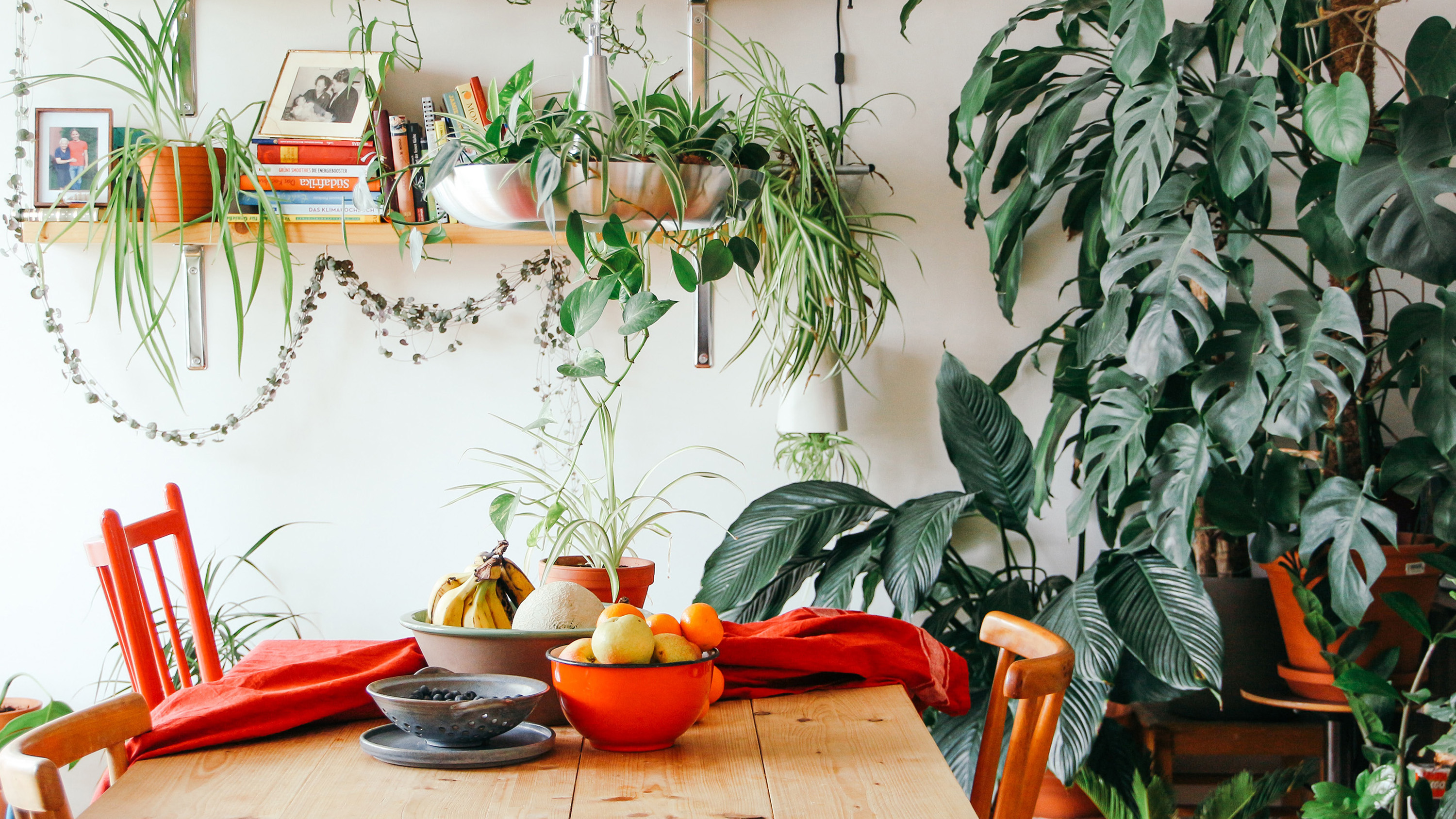 A variety of plants in this indoor garden | @gardeningetc
A variety of plants in this indoor garden | @gardeningetc
1. Soil-based or Hydroponics?
Deciding between soil-based or hydroponic plants can be tricky. Both types of gardens have their own pros and cons. Soil-based plants are typically easier to care for as they are more tolerant of fluctuations in temperature and moisture levels. However, soil-based plants can be more susceptible to pests and diseases. Hydroponic plants, on the other hand, require more careful monitoring. The roots of hydroponic plants are constantly in contact with water, so it is vital to ensure proper aeration of roots and that the roots have adequate drainage. Hydroponic plants are also generally less tolerant of temperature and moisture levels fluctuations. However, they are often less susceptible to pests and diseases. Ultimately, whether to grow soil-based or hydroponic plants depends on your preferences and needs.
 Stone trench grates give an aesthetic touch to your indoor garden
Stone trench grates give an aesthetic touch to your indoor garden
2. Drainage
As indoor gardens require a lot of moisture, they can become an unwanted breeding ground for disease-carrying insects like mosquitoes. Ensure that in addition to having adequate drainage in each pot, you also install good drainage systems for the area surrounding your plants. For example, if you choose to build your indoor garden on your apartment’s sheltered balcony, you can consider installing trench grates or sump covers to prevent any water from pooling on the ground.
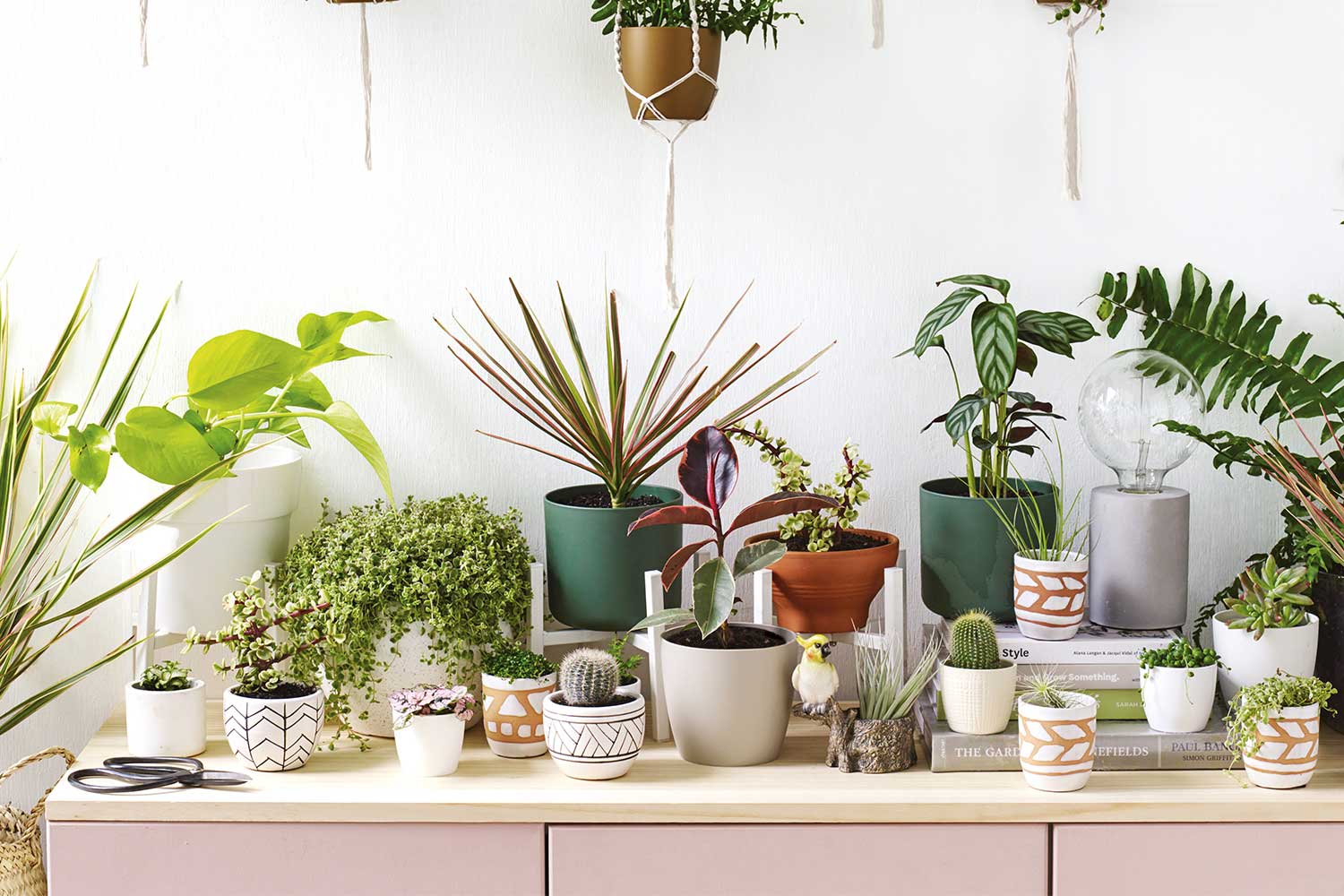 A wide variety of pots to choose from for your plants | @bunnings
A wide variety of pots to choose from for your plants | @bunnings
3. Pots
There is a variety of colors and designs to choose from when it comes to plant pots. Other than selecting the perfect pot for you, make sure that the pot you settle on is a good fit for your preferred plant. Drainage holes are necessary for your plant to prevent water from pooling at the bottom of the pot, leading to root rot, fungus, and bacteria.
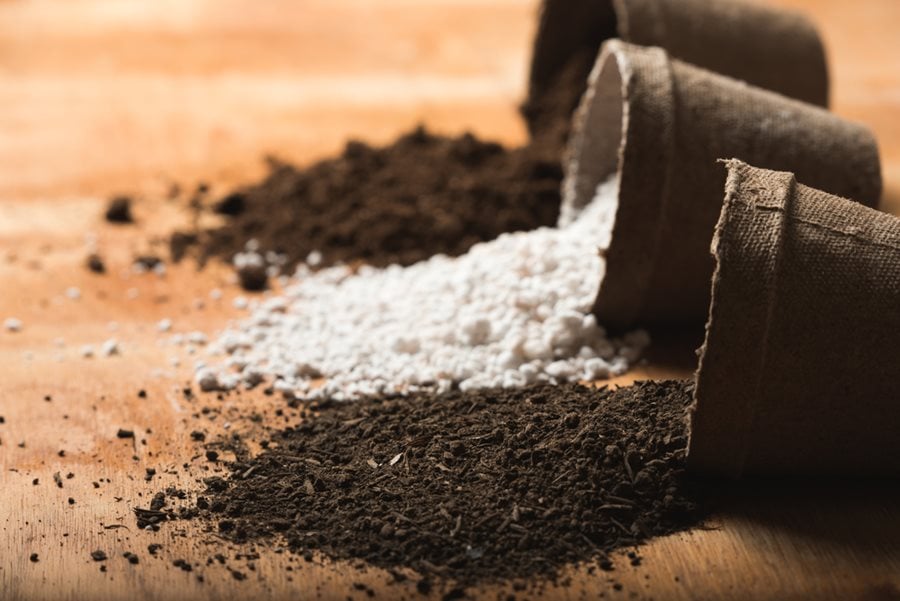 Choose your soil based on your plant's needs | @gardendesign
Choose your soil based on your plant's needs | @gardendesign
4. Soil
If you choose the soil route for your indoor garden, getting suitable soil is crucial for the health of your plants. Peat moss, vermiculite, and perlite are common ingredients in an excellent indoor potting mix. These soilless mixtures absorb moisture efficiently and are resistant to compaction, but they dry up quickly. Because they are devoid of nutrients, you must provide your plants with a steady fertilizer supply.
 An indoor garden that uses a hydroponic system | @urbanplantgrowers
An indoor garden that uses a hydroponic system | @urbanplantgrowers
5. Hydroponic Systems
If you prefer to have an indoor hydroponic garden, the most important thing you need to get is a hydroponic system. You can buy systems as pre-assembled units or as kits. If you choose to build your own hydroponic system, you will need net pots and a reservoir container as your starting point.
Environment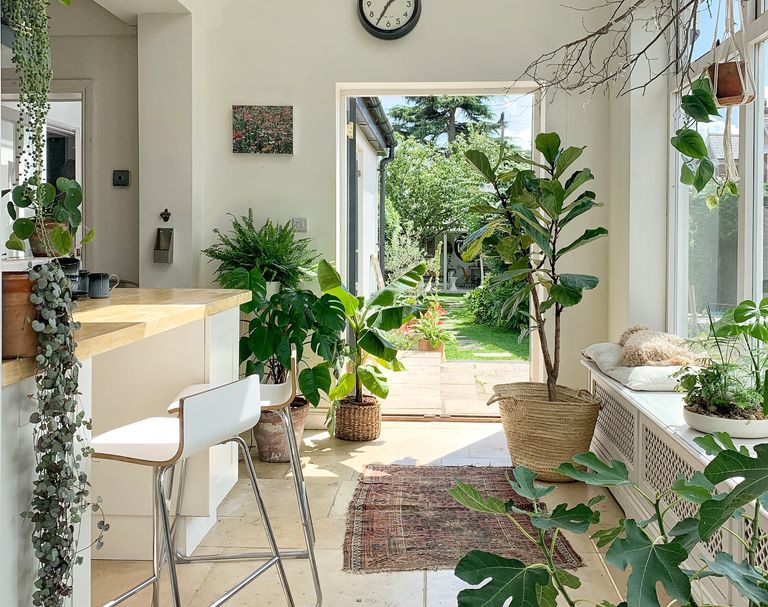 A sunny environment is crucial for an indoor garden | @realhomes
A sunny environment is crucial for an indoor garden | @realhomes
1. Good Area
Indoor conditions for healthy houseplants include temperatures ranging from 60 to 75 degrees Fahrenheit (16-24 degrees Celsius), give or take. Tropical plants like warmer temperatures and do not thrive when indoor temps dip below 55 to 60 degrees F. (13-16 C.). The majority of houseplants like humidity levels ranging from 50 to 70%, greater than the typical home. Use small indoor fountains or humidifiers around your indoor garden to increase humidity levels. Plants also need sunlight to survive, but too much sunlight can be harsh on your indoor garden. Consider situating your garden near a sunny window or beneath grow lights for a more controlled environment.
2. Consider your country’s climate
The frequency and amount with which you water your indoor garden plants are determined by your growing circumstances, climate, and the age of your plants. The warmer you keep your residence, the lower the humidity, and the sunnier the area, the more frequently you will need to water. You should start by progressively increasing the time between watering and watering only when the top areas of soil begin to dry up, making sure to dump off any excess water. Keep the top few inches of soil reasonably damp with newly planted transplants for the first few weeks, then gradually lower your watering frequency as the plants become more established. Tap water is usually good enough for your indoor garden, but if your plants appear to be damaged by the minerals in your tap water, try switching to filtered water.
The Perfect Plant for you
 An edible garden | @youhadmeatgardening
An edible garden | @youhadmeatgardening
- Edible or not?
Growing an edible indoor garden has its perks. Fresh and free fruits and vegetables every day sounds like the perfect way to kick start your journey to sustainable living. But it is crucial to note that creating your own edible fruit and vegetable indoor garden has its fair share of hardships compared to a regular, non-edible indoor garden of flowers and plants. For fruit and vegetable plants to thrive, they require sufficient sunlight, ambient temperatures, and care. If you happen to work long hours away from home, you should consider these plants’ care requirements.
- Beginner-friendly plants
If you’ve never taken care of a plant before starting your indoor garden, you may want to look for species of plants that are easy to take care of. Some low-maintenance plants that are easy to grow, maintain, and require minimal maintenance, include the ZZ plant, the Spider plant, moth orchids, and Peperomia.
Pros
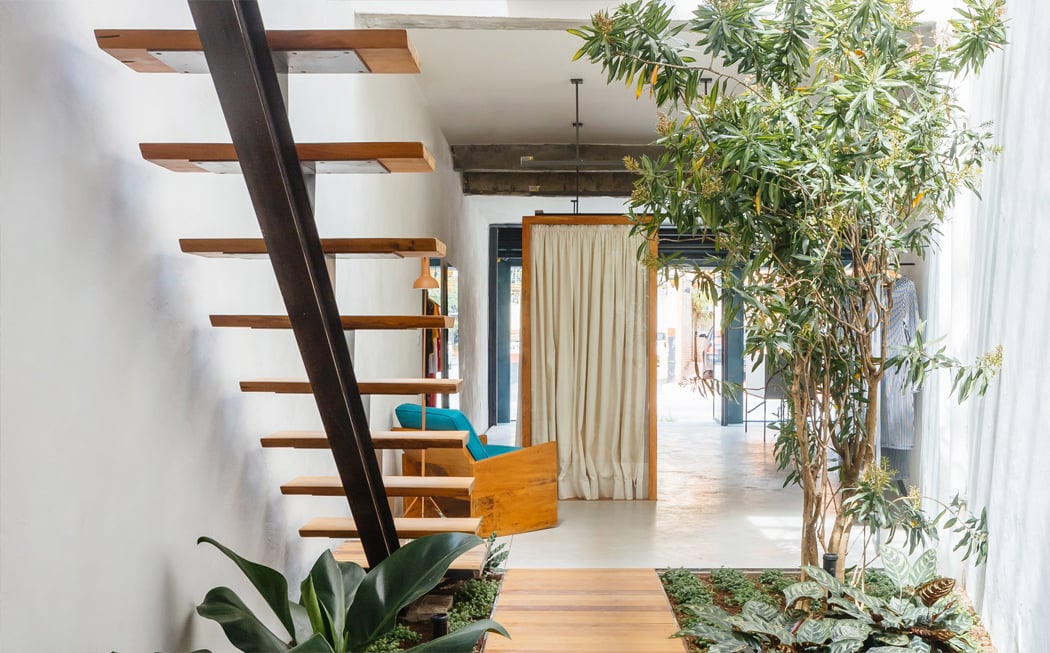 An indoor garden provides fresh air to any home | @yankodesign
An indoor garden provides fresh air to any home | @yankodesign
Indoor plants can indeed be highly beneficial to our health. Gardening can help lower stress, heart rate, and blood pressure. Plants also improve indoor air quality, allowing us to recover from illness faster, boost productivity, and sharpen our attention.
Cons
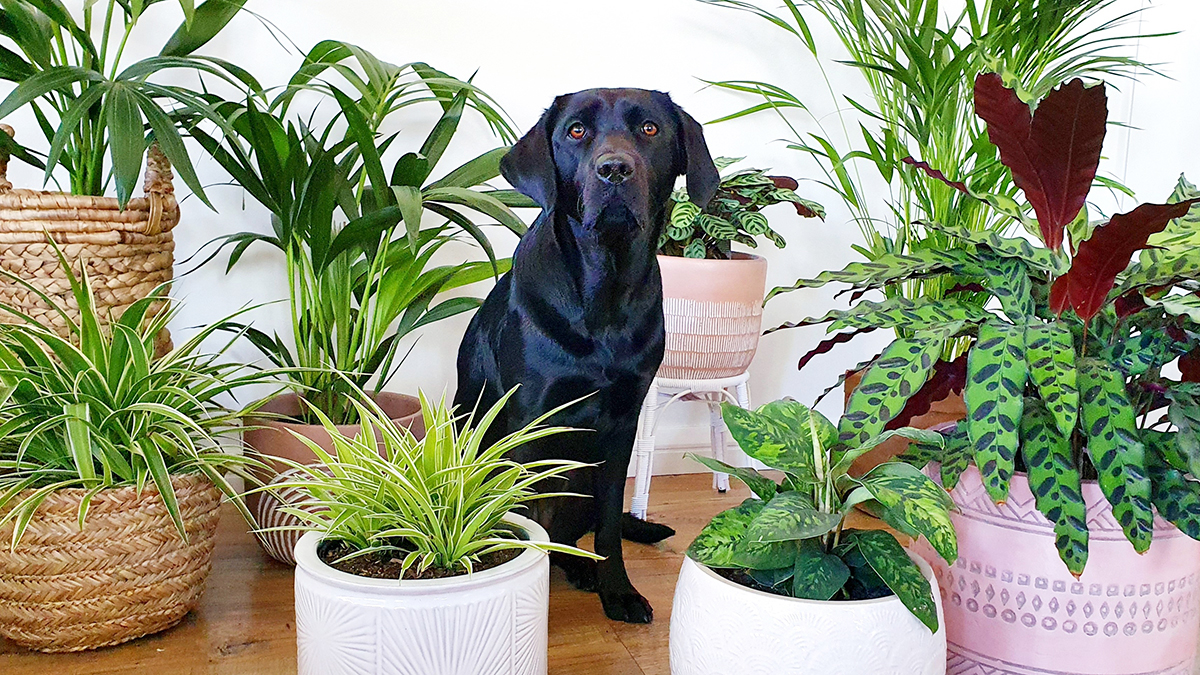 Some plants can be harmful to pets and children | @flowerpower
Some plants can be harmful to pets and children | @flowerpower
Although having an indoor garden at home can have many benefits, it can also be disadvantageous. If you cannot put aside time to maintain your indoor garden, it may cause you even more stress in the long run. Moreover, choosing the right plants for your garden is crucial, as some plants are toxic to pets and children. As indoor gardens require a lot of water, proper drainage systems have to be in place to prevent water damage in your home.
Start your Indoor Garden Today
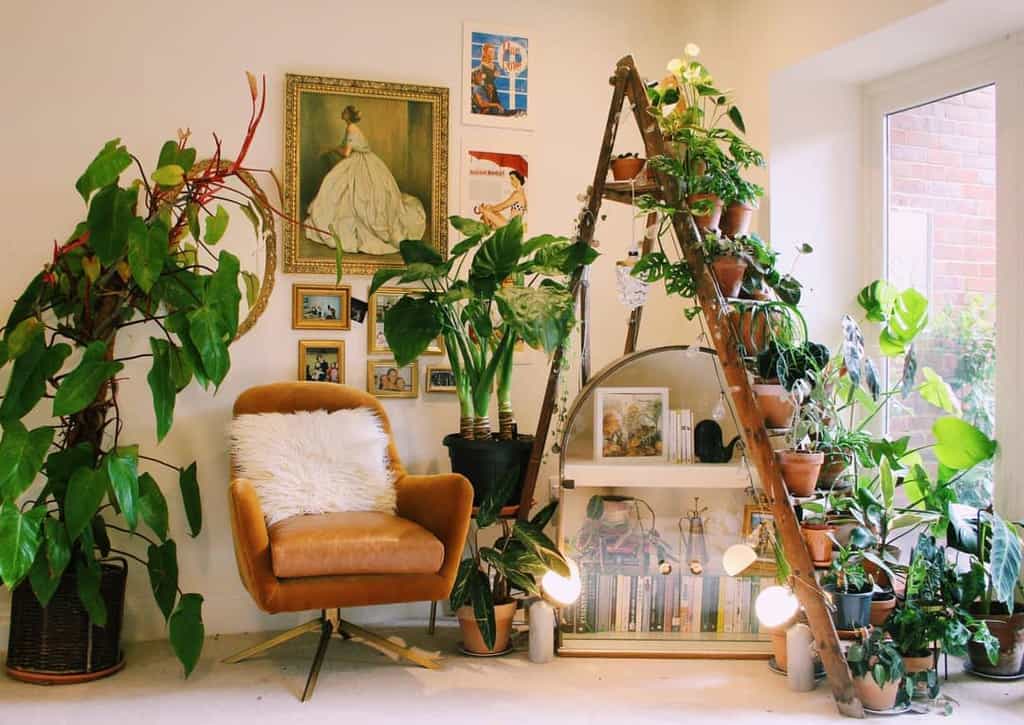 An indoor garden beautifies a home | @maximumyield
An indoor garden beautifies a home | @maximumyield
Indoor gardens can be a wonderful addition to any home, and they provide many benefits beyond just aesthetics. By following the tips above, you too can create an indoor garden that is perfect for your needs and lifestyle. So get started now and enjoy all the benefits of having a little piece of nature inside your home.










